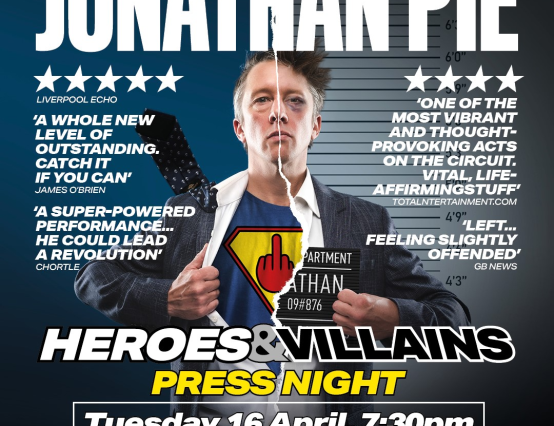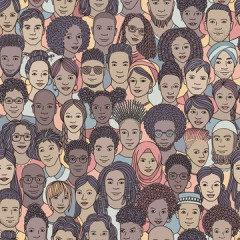The Cinderella story: we all know it. It’s a tall tale of an overworked girl who finds an escape by marrying a Prince. It gives us the simple yet problematic message that marrying into wealth will usher a woman into both fortune and happiness as if the former begets the latter. This folk tale has existed in many forms throughout history. From the ancient Greek story of Rhodopis, a slave girl who marries the King of Egypt, to the Disney versions we all know and love. Stories are often retold to reflect societal values, as it seems that Cinderella is next!
The Guardian calls the show “warm and inclusive”, and they’re not wrong (for the male characters, at least). The opening scene declares that Prince Charming is dead, only for him to reappear in the final scene, ready to marry his male fiancee. The show ends with the heartwarming message that true love exists between all people. Prince Charming’s younger brother, Prince Sebastian, is the male lead of this show and is quiet and shy, preferring conversations over sword-fighting. This difference is made painfully obvious in scenes where he is surrounded by stereotypical “macho” men, yet he is shown to be just as worthy. Prince Sebastian's character rewrites the traditional “masculine” personality of the battle-hardened Prince who saves Princesses.
In this theatre show, Princes are no longer side characters who exist for the sole purpose of saving women but are unique individuals with their own personalities. This breakdown of toxic masculinity shows that Webber has a brilliant understanding of how to undo gender stereotypes. However, this seems to extend only to the male characters. The women in the show are not given the same care and nuance, despite Cinderella’s main characters being women. The female characters lack individuality and reek of misogyny.
Carrie Hope Fletcher’s Cinderella is a goth who vandalises the perfect town of Bellville, and as a result, is quite literally chased out with pitchforks. She is the only girl in the entire town who doesn’t care about appearances or marriage - something which Cinderella often complains about. From the start, Cinderella falls into the trope of women who hate other women. Her two beautiful sisters are seen in bright and gaudy outfits, and their inner vanity and cruelty are their defining and only feature. The constant comparison between Cinderella and her sisters (and all the other women in the town) highlights an outdated notion, the notion that women who care about their appearances cannot possibly have deeper thoughts or desires. The intended message is to uplift those who are “different” and turn women away from a focus on vanity. However, it seems contrived to imply that women who care about appearances are automatically mean and vapid. In this day and age, Cinderella would be branded as a “pick me” girl who insists that she is different from all other girls and, therefore, special.
There is a redeeming way in which Cinderella espouses her message of turning away from vanity. She enlists a plastic-surgeon-esque fairy godmother to beautify her, only for her to become unrecognisable to Sebastian. Cinderella learns that superficial beauty is not as important as being true to yourself. This is a great way to rewrite the original Cinderella story, which implies the necessity of beautiful outfits and looks to be lovable. It undoes the treatment of women as commodities to be trussed up and sold to the highest bidder. However, this message cannot erase the internalised misogyny which seeps through Cinderella’s lines. Women can be true to themselves, intelligent, and kind while caring about beauty. Of course, it’s great to show that you don’t need to care about your looks to be happy. However, liking nice clothes and getting your hair done is not synonymous with excessive vanity and cruelty, which is something this play misses the mark on.




0 Comments